Sarabong Park (사라봉공원)
15.9Km 2020-03-19
74, Sarabongdong-gil, Jeju-si, Jeju-do
+82-64-728-4643
Sarabong Park is located on a 143 meter-high hill just east of Dongmun Rotary in Jeju. The park is best known for its spectacular sunset views, which is often regarded as a perfect complement to Seongsan Ilchulbong Peak's view of the sunrise.
Sarabong Park offers a spectacular view of the expansive blue waters to the north and Hallasan Mountain to the south, making it popular among locals and tourists alike. Visitors traveling by bus will see Mochungsa Temple on the way to the park. Byeoldobong Peak lying to the east features a paragliding runway. At the foot of Sarabong is Udang Library. The road from the library, passing behind Sarabong Peak to Jeju Harbor and to Tapdong provides a very scenic driving route.
Sanji Lighthouse (산지 등대)
16.0Km 2021-03-18
108-1, Sarabongdong-gil, Jeju-si, Jeju-do
+82-64-740-6000
The name Sanji derives from the area being recorded as Sanjichon Village, literally translated as the mountainous village, in Tamna Sullyeokdo, a book of paintings showing life in Jeju. This record was created in 1702 by painter Kim Nam-gil, under the command of the Jeju Province governor, Lee Hyeong-sang.
Sanjicheon Stream originates from Hallasan Mountain and empties itself into the sea. Sitting halfway up Sarabong Peak, one of the signature parks on Jeju-do island, Sanji Lighthouse overlooks the port of Jeju.
Jeju National Museum (국립제주박물관)
16.0Km 2021-08-06
17, Iljudong-ro, Jeju-si, Jeju-do
+82-64-720-8000
Opened on June 15, 2001, Jeju National Museum is a history museum that displays, preserves and studies Jeju Island’s historical and cultural assets. Jeju National Museum houses various remains excavated from ruins, including meaningful relics from the prehistoric age through to the Joseon dynasty. It boasts unique traditional culture and holds special exhibitions each year.
Jeju Starlight World Park and Planetarium (제주별빛누리공원)
16.1Km 2025-08-08
60 Seondolmokdong-gil, Jeju-si, Jeju-do
+82-64-728-8900
Jeju Starlight World Park and Planetarium is an astronomical theme park offering the opportunity to observe realistic images of the universe through its 4D theater and planetarium. The park has various exhbitions related to the solar system and interactive activities. On a clear night, visitors can observe of distant planets and star clusters using astronomical telescopes at the observatory. Even when the observatory is closed, the planetarium's location at the rural hilltop allows visitors to enjoy stargazing and the view of downtown's city lights.
Citrus Gardening Café (시트러스 가드닝 카페)
16.3Km 2024-12-10
Citrus Gardening Café is a plant cafe located near Geumneung Beach. This cafe is located among basalt stone walls, the symbol of Jeju, and low-story buildings, all of which represent the island’s authentic local and natural scenery. The unique plants that thrive in relatively hot and humid island climate can be seen both indoors and outdoors, offering an interesting sight. The signature menu here is mazagran. The café’s original mazagran recipe mixes fresh fruits from Jeju with Portuguese-style coffee. The café also serves regular coffee, herbal tea, and matcha latte.
Byeoldobong Peak (Beri Oreum) (별도봉(베리오름))
16.5Km 2025-08-18
Seonban-ro, Jeju-si, Jeju-do
+82-64-740-6000
Situated in the east of Hwabuk 1-dong and along the coast, Byeoldobong is a parasitic mountain made of siliciclastic sedimentary rocks and lava. Its northern slope is dominated by steep cliffs where a large rock called Jasalbawi Rock (Suicide Rock) is located. At the bottom of the cliffs are Goraegul Cave (Whale Cave) and an oddly-shaped rock that looks like a mother carrying her child on her back.
Despite being only 136m high, Byeoldobong is home to Jangsu Trail, a walking path that stretches over 1.8km around coastal cliffs, overlooking the ocean. Considered the most pleasant trail on Jeju Island, it offers a spectacular view of numerous peaks, Jeju Port and its nearby villages, and the emerald-blue sea. Naturally, it is a popular tourist destination for family visitors and couples.
Jedae Ganeungil (제대가는길)
16.6Km 2024-12-10
Jedae Ganeungil is a café located near the main gate of Jeju National University. The café’s name can be translated to “way to Jeju National University,” which suits the café’s location by the entrance gate of Jeju National University. The cafe is in the middle of a forested area, so visitors can enjoy refreshing atmosphere. The café is decorated with a Jeju-style stone wall and stepping stones that lead to the entry way. The outdoor and indoor spaces are cozy and relaxing, making it a great place to hang out. Coffee options range from cold brew to pour over, and the cafe's homemade fruit teas are also excellent. Pour over coffee is served in a pretty cup.
Geumneung Seokmulwon (Geumneung Rock Park) (금능석물원)
16.7Km 2024-12-10
Jeju is often referred to as Samda-do, which can be translated to “island of three abundances,” because it has many stones, wind, and women. Stones from Jeju are prohibited from being taken out of Jeju and only processed stones are exported. The most well-known processed stone production in Jeju is dol hareubang (“stone grandfather”). Geumneung Rock Park is a place where travelers who are tired of seeing the same-old dol hareubang can appreciate the essence of Jeju stones. It is a park created on a 33,058m² site by master craftsman Jang Gong-ik, who has been making dol hareubang for about 40 years, expressing aspects of Jeju life through stones. The park has a Buddhist-friendly atmosphere overall with statues of Buddha, which are all works of Jang Gong-ik, who has maintained this place for decades.
Gwaneumsa Temple (Jeju) (관음사(제주))
17.5Km 2025-04-01
660 Sallokbuk-ro, Jeju-si, Jeju-do
Gwaneumsa Temple is a historic Buddhist temple located about 650m up on the slopes of Hallasan Mountain. The road leading to the temple is exceptionally scenic, framed by cedar trees and adorned vibrant with chrysanthemum flowers, creating a striking yellow path. The temple grounds host siginificant structures such as the Cheonwangmun Gate, Daeungjeon Hall, and the Gwaneumgul Cave. For visitor convenience, the complex includes a café and a restaurant specializing in Buddhist temple cuisine. Additionally, the temple offers a templestay program, providing guests with a unique opportunity to engage in rest and meditation, embracing the tranquil solitude of the temple environment.
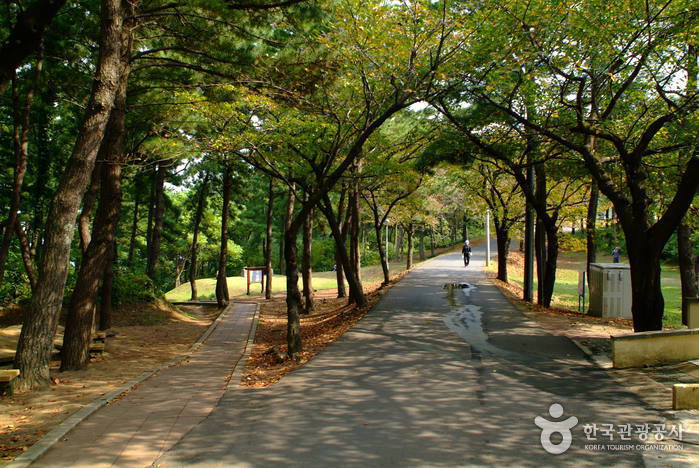

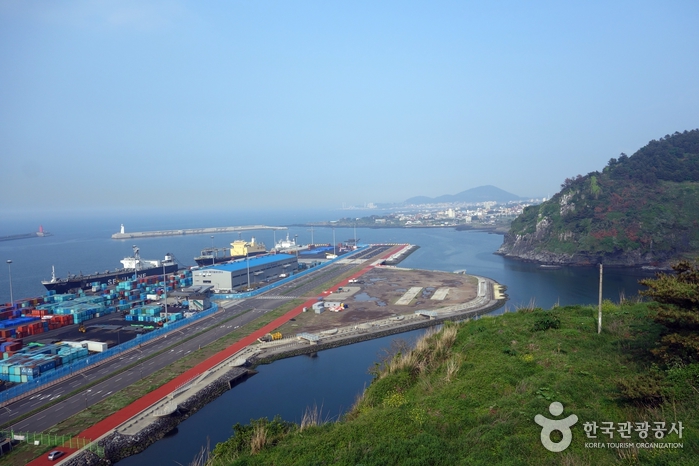
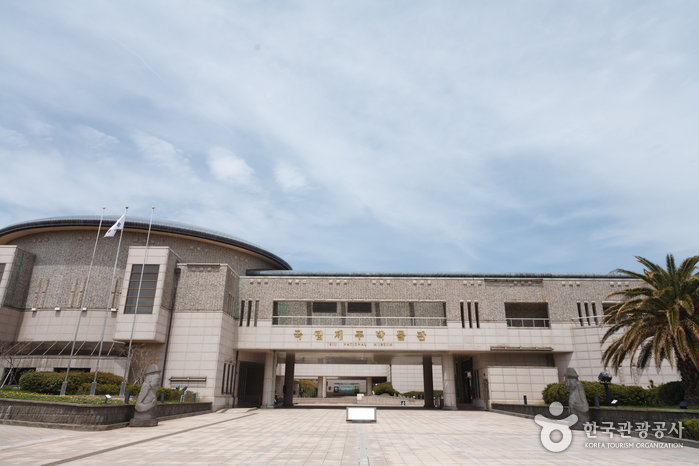
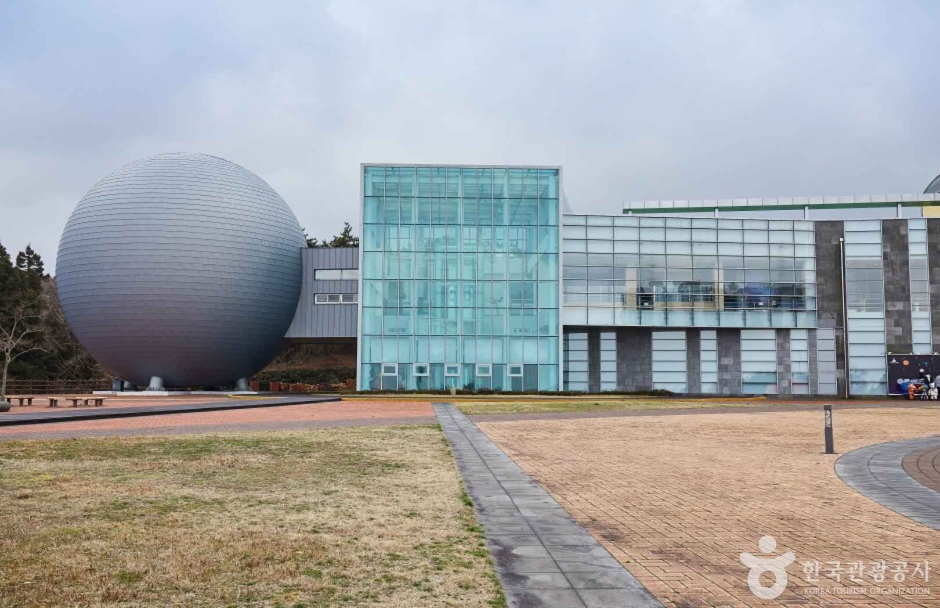
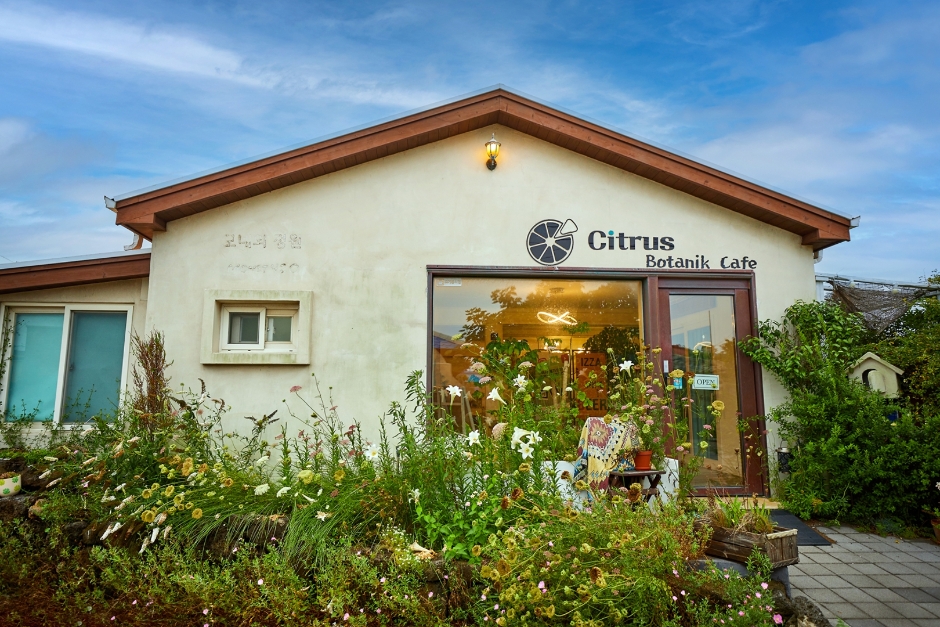
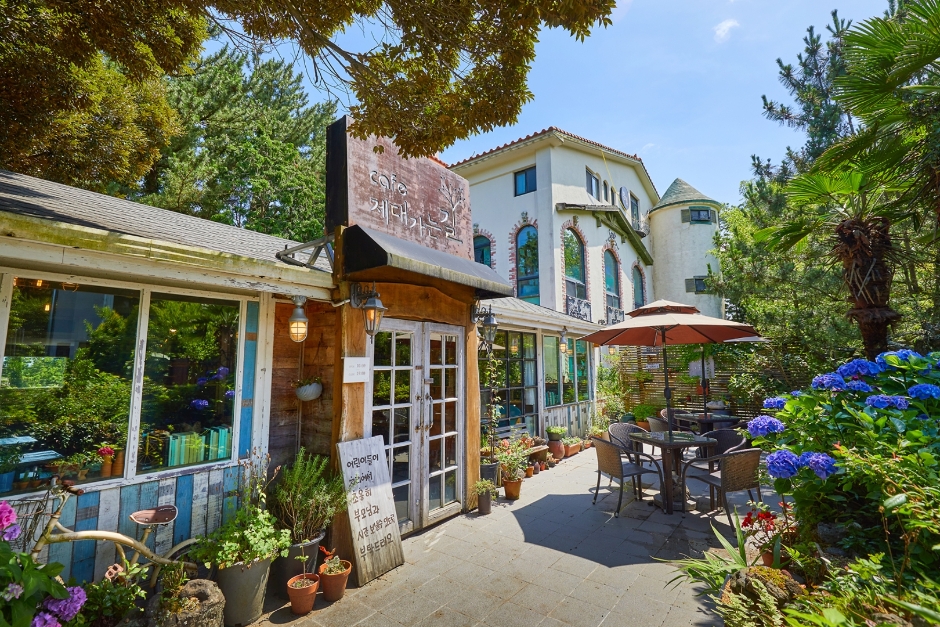
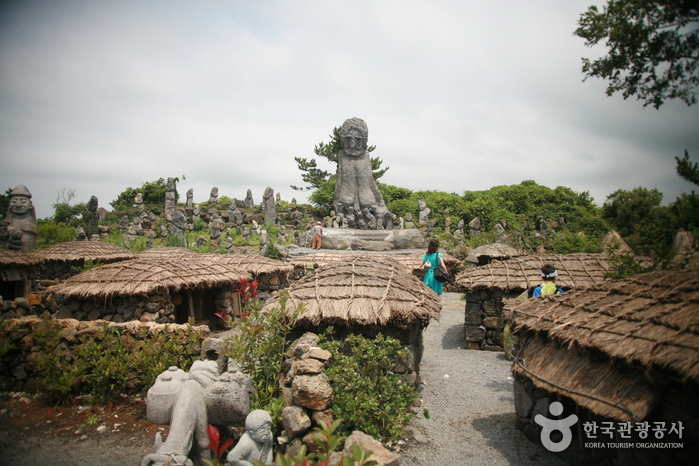
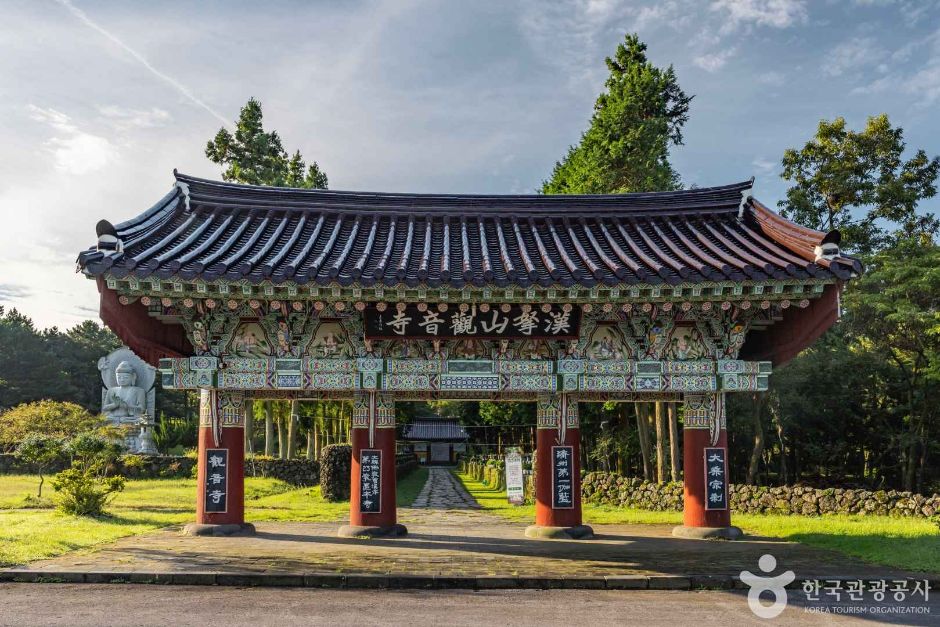
 English
English
 한국어
한국어 日本語
日本語 中文(简体)
中文(简体) Deutsch
Deutsch Français
Français Español
Español Русский
Русский